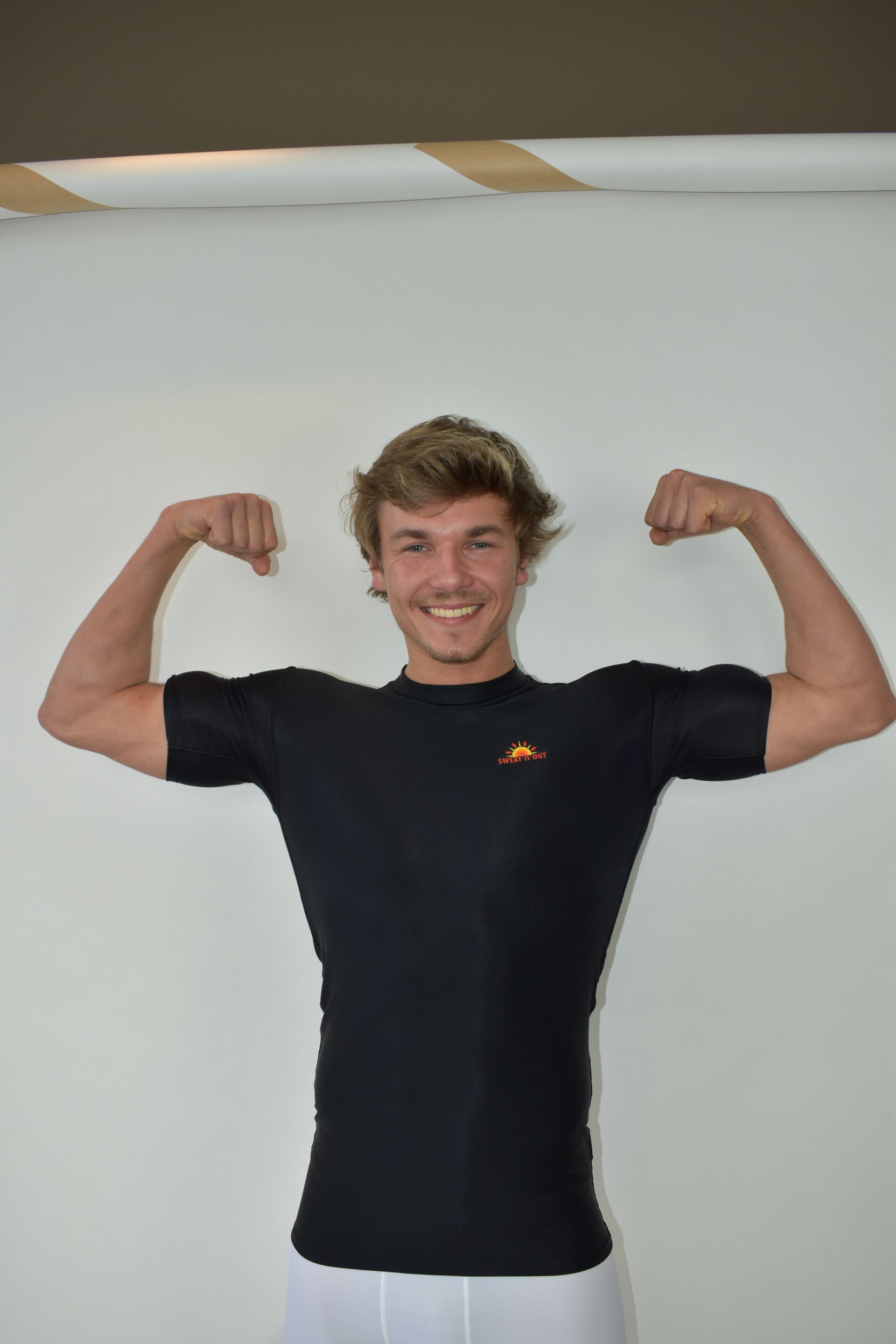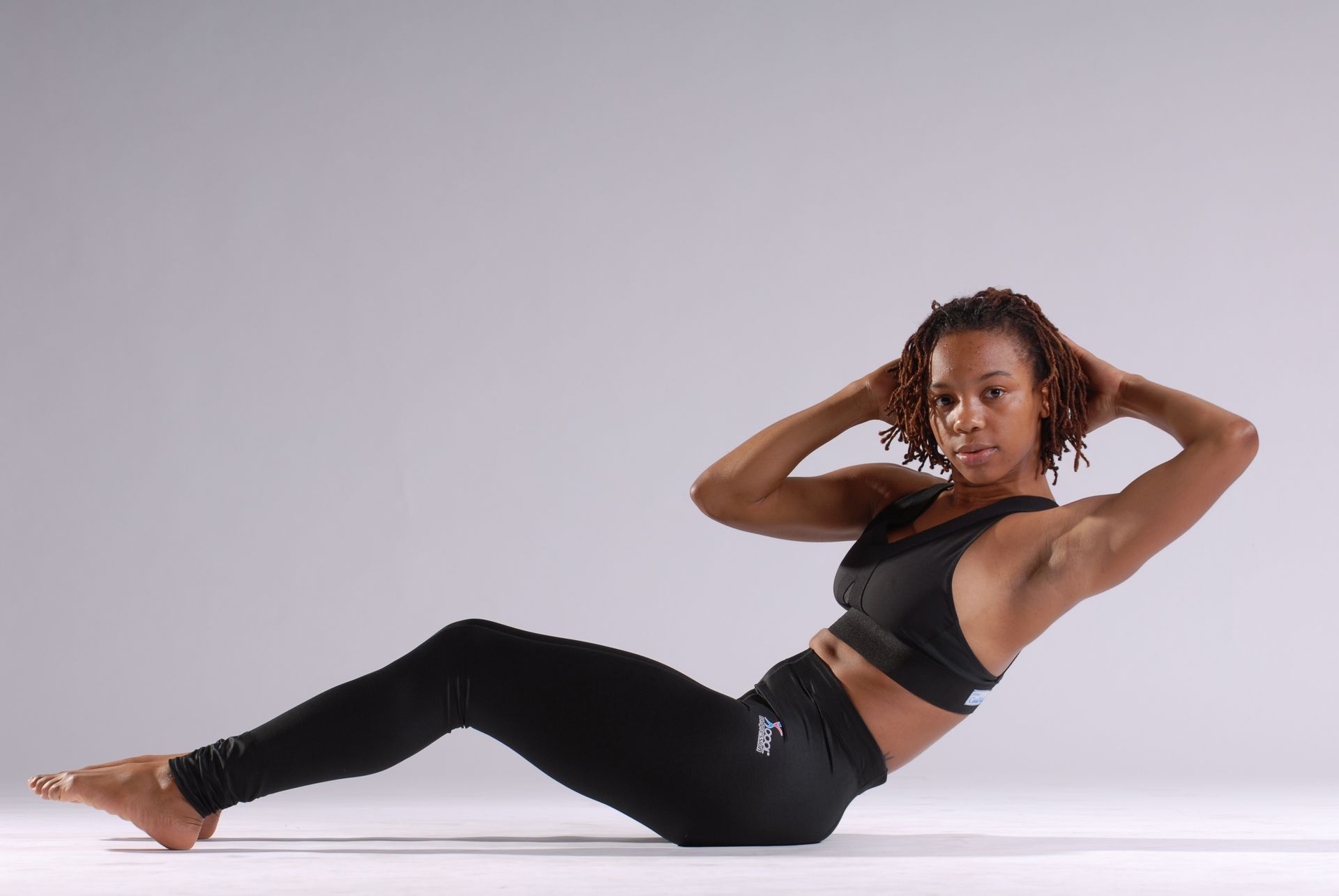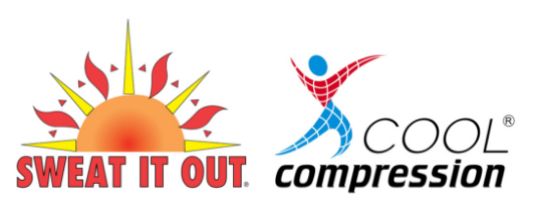Mind and Body, Preparing for a Marathon
by Carl St. Clair Randall, Ph.D.
How do runners prepare for a marathon? How do they prepare for the unexpected? Are you physically prepared? How about your mental preparation? Is it sound? Are you over trained, or under trained? How do you over come these obstacles in order to achieve the ultimate goal of successfully completing a marathon, and hopefully achieving your personal goal? These are some of the questions I will address in my article on preparing and succeeding at the marathon.
I am writing this article based on 20 years of experience as a road racer. I have participated in some 200 races. I train all year round. Over the past ten years, I have run 3 marathons, 2-3 half marathons and a few shorter races each year.
I ran my first marathon ten years ago, and I have competed in 30 since then, completing 29. I had to drop out of marathon number 28 at mile 16 due to a hip injury that required surgery. This was my first and only race that I have failed to complete. I have since returned to marathon training and racing.
Runners often tend to focus on the physical aspect of marathon preparation without addressing the mental aspect, which is far too important to ignore.
In preparing for the physical portion of training we are concern about our cardiovascular system , are we getting the necessary level of training to cope with the level of effort to run a marathon. You should understand and be aware of your metabolic rate , your energy expenditure while running. Your immune system is also an important component in marathon preparation. As we increase our training level with more long runs and an increase in intensity, the immune system is compromised and may be suppressed which increases ones likelihood of picking up a cold or flu.
The musculoskeletal system , (particularly the lower extremities) are subjected to stress fractures as our training intensify. Proper strength training and an effective diet can minimize your chances of sustaining a fracture. Also proper foot gear and the rotation of these gears are critical to minimizing injuries. Know when to replace a worn out pair of shoes.
This can be done by maintaining a running log in which each pair of shoes mileages is recorded so that you will know when to discard your old shoes. A general rule of thumb is 350-400 miles for a light trainer, and perhaps as much as 500 miles for a shoe with more support. A good indicator of shoe wear is sudden knee pain when neither training distance nor terrain has changed.
In preparing for the mental aspect of marathon training , one needs to understand how to cope with those variables that may be outside the norm in training preparation or only experienced occasionally or at a lower level of intensity than during a race. It is not unusual to have bad patches in a race as long as a marathon. What are bad patches?
A bad patch is a point in time during a race when your body is not responding the way you would like it to do. Your race pace may drop due to an abdominal pain, calf cramp, a loss of concentration, or some other factor that affect your ability to maintain your race pace. A bad patch could last a few minutes or a few miles and may occur multiple times in a marathon. The key is to develop the ability to cope with these distractions and manage them well.
You don’t have to quit at the unset of the first sign of pain. Pain is expected, learn how to manage it. Fatigue will set in as the race progresses. A cramp or a muscle pain is not an unusual occurrence. By understanding these variables, you are better able to cope with them if they occur in your race. Most often they disappear after a few miles.
Training brings confidence. You must do your workouts. There are no short cuts. A typical marathon training program for someone in a fair running condition can be achieved in 16 weeks of training. It is important to expose your training to various techniques, such as hill training, tempo runs, interval training, and perhaps most paramount, the long run! Your experience in these training methods leads to a confident runner, physically prepared and mentally tough to endure the stress required to successfully complete a marathon race.
How often do you hear the phrase rest and recovery is as important as running? Yes it is a fact. You must give your body enough time to recovery after a hard training session. This serves two important requirements. It reduces the chances of injury, and it allows the body time to repair torn muscle fibers attributed to your training.
Research studies have shown that compression clothing , particularly shorts, tops and socks can improve performance, by reducing muscle vibration, a factor that leads to muscle fatigue. Also, compression clothing has shown to improve performance by enhancing blood flow to the muscles, the transporting vehicle of oxygen that is critical to proper energy consumption, the burning of glycogen that is stored in the muscles.
For the past 10 years, I have been training and racing in compression gear. I have found that my recovery level after training and racing is much shorter than before the change. Improvement is most noticeable in wearing compression shorts.
In preparing for your next marathon, remember that your mental toughness is as important has the physical, so go out and do something about it! Stay strong and healthy.
The post Mind and Body, Preparing for a Marathon appeared first on SWEAT IT OUT® COOL COMPRESSION®.










